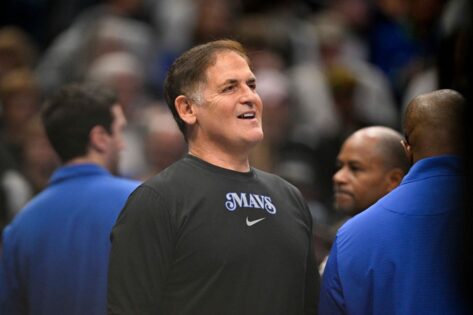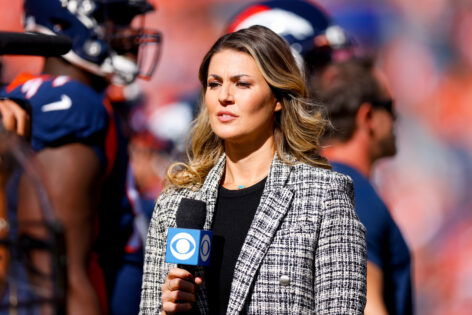Michael Johnson was absolutely beaming. You could tell just by looking at him that the launch of the Grand Slam Track series in 2025 felt like a huge win. “It was amazing. It was great. It was fantastic,” he gushed during the post-meet briefing on Sunday, April 6, in Kingston. He loved seeing happy athletes, thrilled fans, and all the buzz on social media. “It’s all anyone in the track world is talking about — and that’s exactly what we wanted,” he insisted. With big names running the tracks, it seemed like this series was set to electrify royal track fans. Yet whispers were spreading and concerns were brewing.
Well, then the numbers started coming in, and they told a different story. SportsMediaWatch.com reported that the opening weekend in Kingston only pulled in 246,000 viewers on Saturday, April 5, and 241,000 on Sunday, April 6. Miramar wasn’t much better, with 250,000 on Saturday, May 3, and 248,000 on Sunday, May 4. These numbers, while consistent, are a far cry from the massive audiences NBC used to draw for track in its prime.
They’re more on par with ESPN2’s 2023 NCAA Track & Field Championships, which averaged around 237,000 daily viewers. We don’t have data from Peacock’s streaming service, but those numbers are usually significantly lower than broadcast. For a series that’s all about bringing in track’s biggest stars, this viewership drop feels like a missed opportunity. If the series doesn’t attract more eyes, it risks losing steam, sponsorships, and its chance to really make a mark on the sport.
For dedicated track fans, this feels pretty personal. The Grand Slam Track series has such a bold vision, and it really needs a bigger audience to succeed. With Lyles potentially joining in 2026, the stakes are incredibly high. Can better marketing or wider streaming access turn things around? This series has amazing talent, but it desperately needs to recapture the fans’ attention. What will it take to make track “must-see TV” again? What could be the factors dimming the spotlight?
Factors that hamper Michael Johnson’s league growth
While Michael Johnson himself acknowledges the learning curve, stating they’re figuring out “we’ll look at things that we might change or things that we need to adjust in order to try to get to profitability.“ One major factor could be the league’s format. The “one-race-at-a-time” approach, while designed to highlight individual athletes, might feel too slow or niche for casual fans accustomed to the rapid-fire, multi-event coverage typical of other sports broadcasts.
Another critical issue is the lack of household names. While the athletes are incredibly talented, many aren’t widely recognized by the general public. The anticipation around Noah Lyles potentially joining underscores this; his presence alone would likely draw more eyes. Without easily recognizable stars to build narratives around, it’s harder to capture a broad audience. While the $3,250 prize pool per event is a good incentive for athletes, it doesn’t automatically translate into viewer appeal. And even though Peacock offers streaming, those numbers typically lag behind broadcast.
Ultimately, Grand Slam Track faces an uphill battle to grow beyond dedicated track enthusiasts. To truly compete in a saturated sports market, it needs to adapt its format, invest in marketing to elevate its stars, and find ways to make track “must-see TV” for a wider audience.
The post Grand Slam Track Suffer Major Broadcasting Blow Despite Major Boost to Attendance Record appeared first on EssentiallySports.



